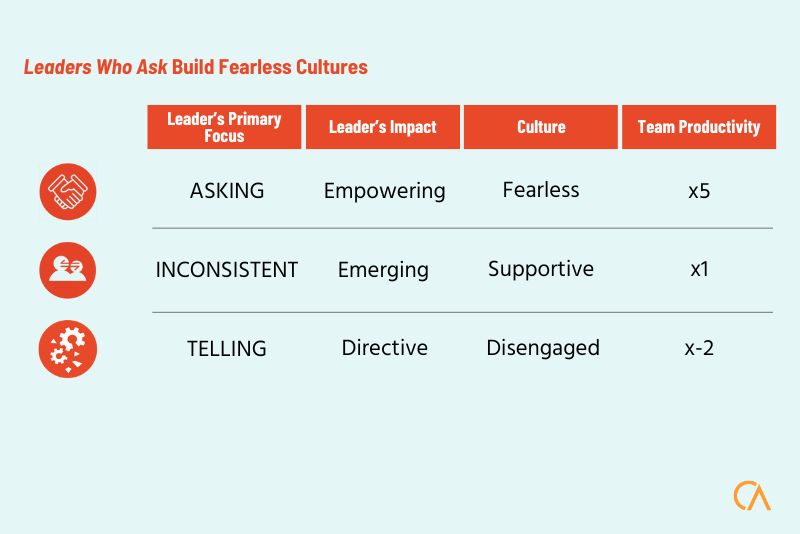
What if your own change profile was thwarting your intention towards personal change? As a leader, what if your own unconscious motivators around change were part of the reason for change being unsustainable in your team or organisation?
Are you part of the problem?
Each of us has a change profile – the way we relate to change. It’s how we think about change (perhaps unconsciously); how we communicate change to others; and how comfortable we are to change our behaviour as a result.
Any successful change initiative requires leaders actively model and communicate the need for and nature of the change. Yet what happens when leaders don’t know exactly what they are modeling and communicating in relation to change?
Knowing and leading from your own ‘change profile’ is the key to modeling and communicating sustainable change— leading change that sticks.
Your change profile is made up of below conscious motivational patterns. Diagnosing your change profile comes from understanding which of the three change patterns## you unconsciously prefer: Sameness, Evolution or Difference.
The three change patterns are:
Sameness: preference for stability, security, routine and predictability, preferring to work with what is known. This person tends to focus on what is the same in their environment and will match current experience with previous experience. This pattern also reflects the length of time an individual will productively engage in a work role before they need and/or seek a change. People high in Sameness typically remain in a role for 10+ years.
Evolution: preference for incremental change in the work environment. This person is motivated by growth and continual improvement in manageable increments over time, without disrupting the status quo. People high in Evolution typically remain motivated in a role for 5-7 years before they need a significant change.
Difference: preference for frequent and/or significant change in the work environment. This person will become demotivated in a stable or slow paced environment. People high in Difference typically remain in a role for 1-3 years.
Each change pattern has its own language:
•Sameness: in common, similar, alike, predictable, known, routine, traditional, habitual, stable and stability
•Evolution: improvement, change for the better, similar but better, iterative, progressive, tweaking, development, incremental change, getting better gradually.
•Difference: new, innovative, completely different, cutting edge, revolutionary, unprecedented, variety, change, unique.
What’s your change profile? The key to leading change that sticks is to diagnose your change profile and develop flexibility in how you perceive, respond to, and communication change so you can successfully engage everyone.
Have an Extraordinary day.
Corrinne
Thank you to my co-authors Anneli Blundell and Belinda Cohen. This blog draws upon thinking developed during the creative stages of writing ‘Shift: Making the Change that Matters’ to be released late this year.
## These change patterns are a subset of motivational patterns or metaprograms. These motivational patterns are the unconscious sorting filters in our mind that determine what we pay attention to in our environment – what we filter into and out of our experience. This sorting function happens outside our conscious awareness and drives how we think, feel and act.
Motivational Profiling through the inventory of Work Attitudes and Motivations (iWAM) measures 48 motivational patterns or metaprograms, including the Change Patterns. For more information see http://extraordinaryfuture.com.au/what-we-do/motivational-profiling/
STAY IN THE LOOP





